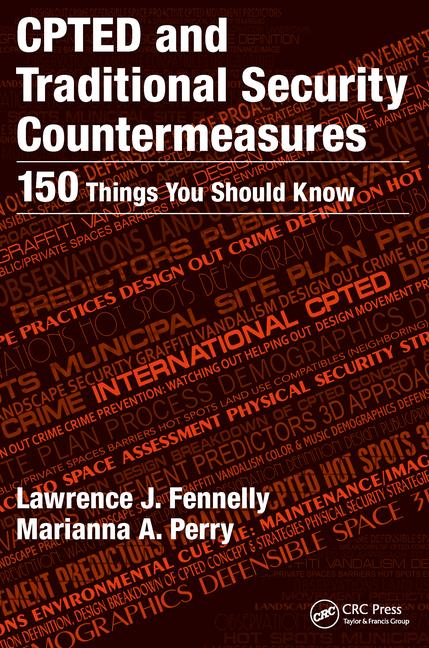Are You Utilizing Big Data in Your Building Security?

"Data Represented in an Interactive 3-D Form" by Idaho National Laboratory is marked with CC BY 2.0.
When it comes to big data, physical security is a little late to the game. Businesses have leveraged all sorts of data sources for purposes as diverse as marketing to consumers (like Google, Amazon, and Facebook), enhancing transportation efficiency (e.g., package tracking, flight scheduling, and autonomous vehicles), and improving healthcare delivery (for example, medical records management, AI-assisted pharmaceutical development, and patient health-risk scores). Even so, 63 percent of companies can’t gather insights from big data in a timely manner, and up to 73 percent of data goes unanalyzed.
Aggregating security-related data helps your company improve security and to gain other benefits, such as reducing costs and driving value. Yet the vast majority of the billions of access control transactions, video surveillance captures, sensor activations, and related security data remain uncollected, unstored, unaggregated, unanalyzed, or only partly analyzed.
Companies continue to grapple with how to best generate, harness and apply security data. In fact, organizations cite various concerns surrounding security-related data: lack of actionable insight from data (33 percent), failure to generate sufficient data (23 percent) and incompatible data sources (16 percent). Close to 35 percent, however, say they face no challenges using or acquiring relevant data.
The data that is being captured and analyzed delivers real value and hints at what is being left on the table beyond the obvious security use-cases. You can gain insights into hours, dates, locations of access by specific users or categories of users. That information allows you to identify use, traffic, and occupancy patterns both in real-time and historically, helping your company make decisions about space optimization and monetization. In a hospital, for example, security, facilities, and operations managers can use that data to better manage resources such as guard deployments, lighting and energy use, pharmaceutical availability, restaurant and gift-shop hours, and lab room scheduling.
In work environments, managers can use building data to more effectively make staffing decisions based on time, facility location, access privileges, occupancy requirements, PPE availability and other factors. Space utilization decisions have become critical elements of health, productivity, teamwork, and corporate culture as the coronavirus pandemic continues to drive a paradigm shift to hybrid work models. In fact, 39 percent of companies say that physical security breaches are among some of the toughest challenges companies face today.
As to what benefits appropriate data would provide for their businesses, 38 percent of companies say that analytics would improve their physical security policies and procedures. Smaller numbers think that analytics would provide value for other departments, such as process, supply chain, and HR (16 percent), help staff investigate suspicious behavior patterns (15 percent), or support policy compliance (14 percent).
While data can be collected through on-premises systems, it is far more powerful when it resides in the cloud. Storing information in the cloud is safer than storing it on-premise. Additionally, leveraging the cloud creates a lower total cost of ownership. Data from multiple systems can be pooled, analyzed and mined for insights. That data can be facility-specific, campus-specific, multiregional or enterprise-wide, with comparisons of those various sources of data providing key insights.
Looking for a reprint of this article?
From high-res PDFs to custom plaques, order your copy today!









